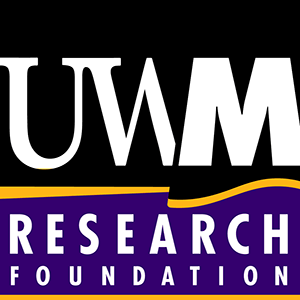
Applications
Protein purification, protein research, quantification of proteins, drug discovery, vaccine production, pharmaceuticals, affinity purification
Target Problems
In current antibody purification techniques, antibodies bind in a single layer on a surface of agar beads reducing overall yield and increasing retention time.
Key Features
- Easy– Straight forward process for making polyprotein-based porous hydrogel network.
- Faster – Purify proteins in 10 minutes versus hours or days
- More efficient – Captures 3X more antibody on a weight for weight basis due to increased surface area
Technology
Dr. Ionel Popa at University of Wisconsin, Milwaukee (UWM) has developed a new class of protein hydrogels made from soluble proteins into a porous 3-dimensional stable network. This technology is faster and more efficient without an increased cost.
This new method to produce polyprotein-based hydrogels with micron-sized pores facilitate their interaction with large particles and molecules, such as antibodies with increased active surface area. Unlike regular methods, where the antibodies bind in a single layer on a surface of agar beads, our method produces binding sites throughout the material. This method offers a much higher surface density of binding sites and provides improved retention time and yield over current antibody purification methods. These protein-based porous hydrogels can be attractive candidates for purification of research-based or therapeutic antibodies used for a broad range of targets in oncology, immunology, hematology and many more prevalent medical applications.
Intellectual Property
PCT filed 2023.
Inventors
Ionel Popa Associate Professor, Physics Department
Please contact our office to share your business’ needs.
